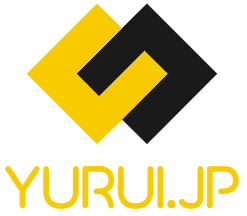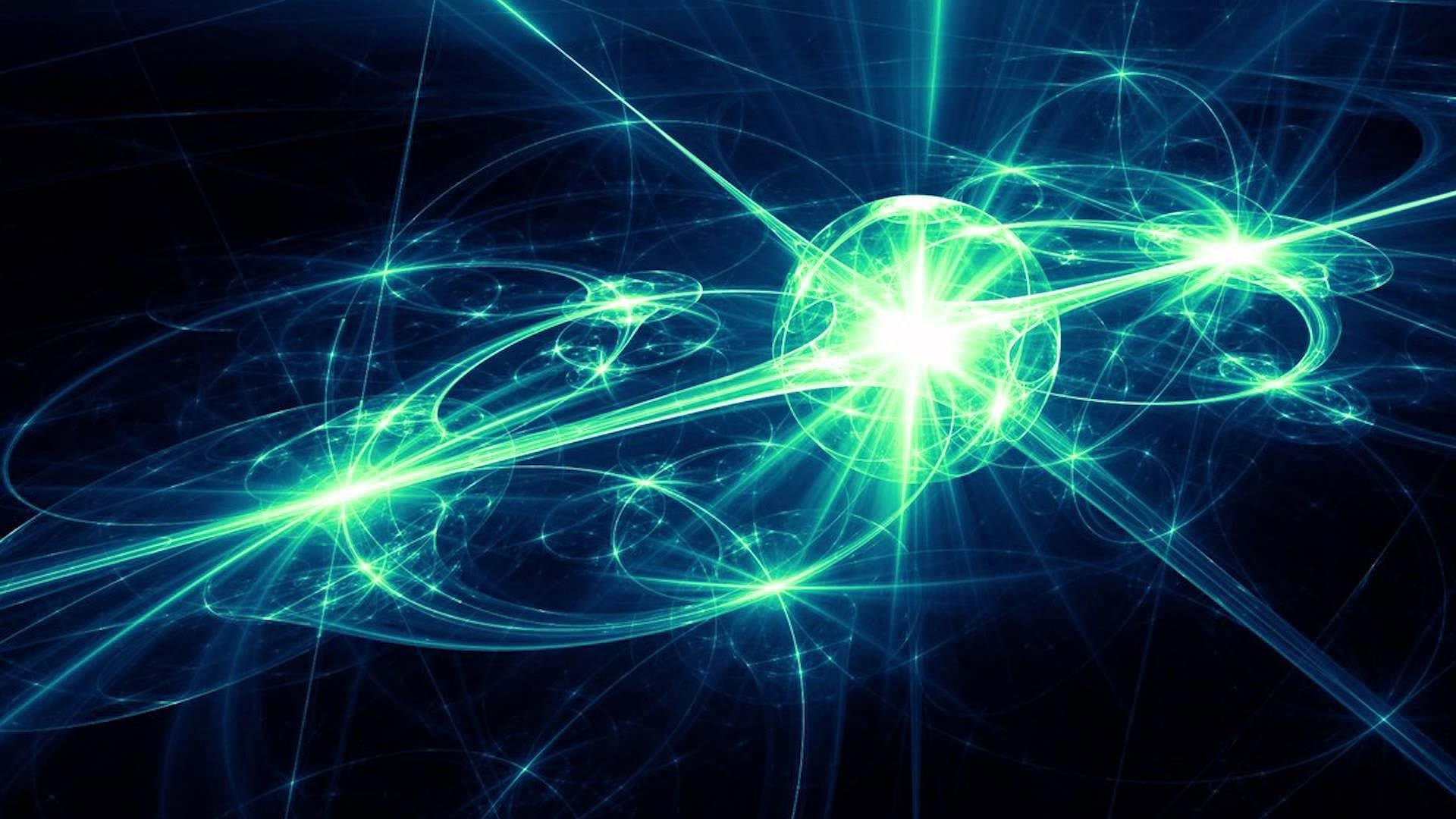
この研究は、電荷モザイクがESDの直接的な結果であることを示した。
接触帯電(CE)は約18世紀まで人類の最初で唯一の電気源でしたが、その実体は依然として謎のままです。 今日、それはレーザープリンタ、LCD製造プロセス、静電塗装、リサイクルのためのプラスチックの分離などの技術の重要な要素であり、主要な産業リスク(電子システムの損傷、炭鉱爆発、火災)と見なされています。 化学工場で)CEに付随する静電気放電(ESD)によるものです。 2008年に発表された研究 自然 真空中では、簡単な粘着テープのESDが強すぎて指のX線画像を撮るのに十分なX線を生成することがわかりました。
長い間、2つの接触/摺動材料が反対方向に均一な方向に電荷を帯びていると考えられてきた。 しかし、CE後に分離された各表面が(+)および(-)電荷の両方を運ぶことが発見されました。 いわゆる電荷モザイクの形成は、実験の再現不可能性、接触物質の固有の不均質性、またはCEの一般的な「確率的特性」に起因する。
基礎科学研究所(IBS)内の軟質および生物体研究団のBartosz A. Grzybowski教授(化学科)が率いる研究チーム 蔚山科学技術院(UNIST) は10年以上にわたって電荷モザイクの可能な情報源を調査しました。 この研究は、潜在的に有害な静電気放電を制御するのに役立つと予想され、最近ジャーナルに掲載されました。
“In our 2011 Science paper, we showed sub-micrometer-scale charge non-uniformity of unknown origin. At that time, our hypothesis was to attribute these (+/-) mosaics to the transfer of microscopic patches of materials between the surfaces being separated. However, over many years of work on the problem, this and related models were simply not holding up, as it was gradually becoming unclear to us (and many other colleagues with whom we discussed) how these microscopic patches can explain even millimeter-scale regions of opposite polarity coexisting on the same surface. Nonetheless, we and the community had no better answer why the (+/-) mosaics are seen at all and over so many length scales,” says Professor Grzybowski.

Figure 1. Charge mosaics on contact-charged dielectrics. (a) In a conventional view, two electrically neutral materials (grey) are brought into contact and then separated charge uniformly (lower left), one positive (red) and one negative (blue). In an alternative scenario (lower right), each surface develops a highly non-uniform ‘charge mosaic’ with neighboring domains of opposite charge polarities. (b) Collage of charge mosaics reported in the literature (the years and scale bars are indicated). Credit: UNIST
In the paper published recently in Nature Physics, the group of Professor Grzybowski shows that charge mosaics are a direct consequence of ESD. The experiments demonstrate that between delaminating materials the sequences of “sparks” are created and they are responsible for forming the (+/-) charge distributions that are symmetrical on both materials.
“You might think that a discharge can only bring charges to zero, but it actually can locally invert them. It is connected with the fact that it is much easier to ignite the ‘spark’ than to extinguish it,” says Dr. Yaroslav Sobolev, the lead author of the paper. “Even when the charges are reduced to zero, the spark keeps going powered by the field of adjacent regions untouched by this spark.”
The proposed theory explains why charge mosaics were seen on many different materials, including sheets of paper, rubbing balloons, steel balls rolling on Teflon surfaces, or polymers detached from the same or other polymers. It also hints at the origin of the crackling noise when you peel off a sticky tape – it might be a manifestation of the plasma discharges plucking the tape like a guitar string. Presented research should help control the potentially harmful electrostatic discharges and bring us closer to a true understanding of the nature of contact electrification, noted the research team.
References: “Charge mosaics on contact-electrified dielectrics result from polarity-inverting discharges” by Yaroslav I. Sobolev, Witold Adamkiewicz, Marta Siek and Bartosz A. Grzybowski, 8 September 2022, Nature Physics.
DOI: 10.1038/s41567-022-01714-9
“Correlation between nanosecond X-ray flashes and stick-slip friction in peeling tape” by Carlos G. Camara, Juan V. Escobar, Jonathan R. Hird and Seth J. Putterman, 23 October 2008, Nature.
DOI: 10.1038/nature07378
“The mosaic of surface charge in contact electrification” by H. T. Baytekin, A. Z. Patashinski, M. Branicki, B. Baytekin, S. Soh and B. A. Grzybowski, 23 June 2011, Science.
DOI: 10.1126/science.1201512
















+ There are no comments
Add yours